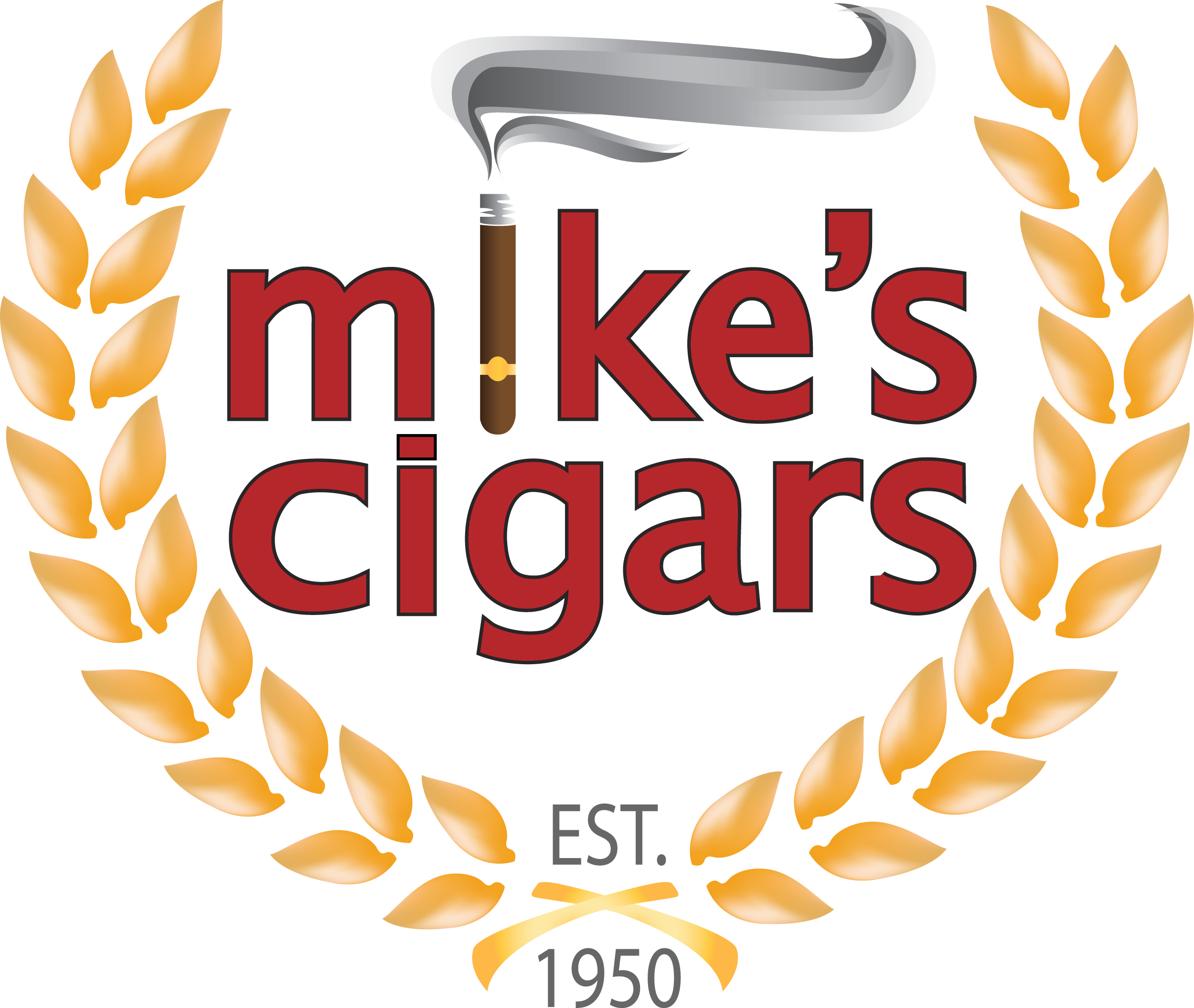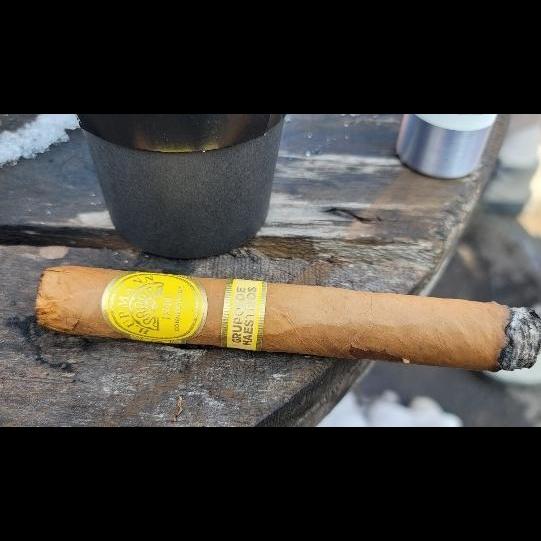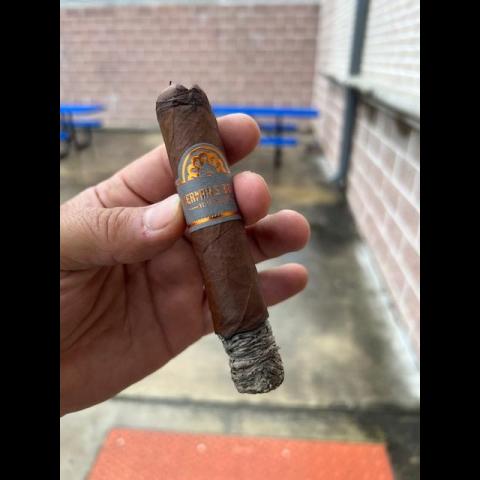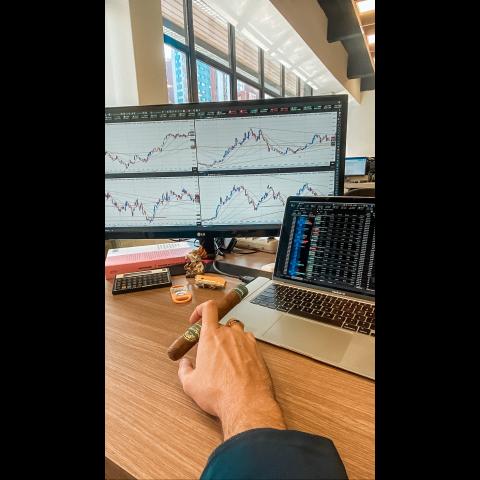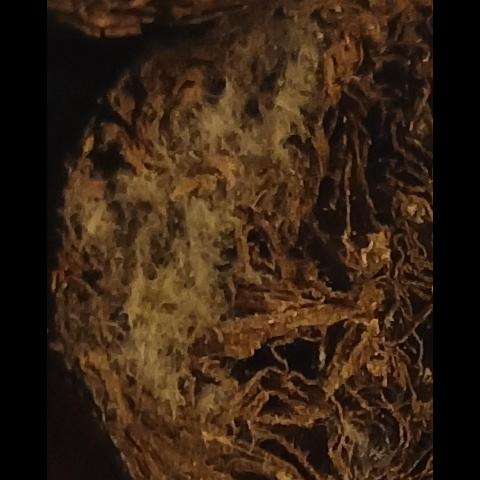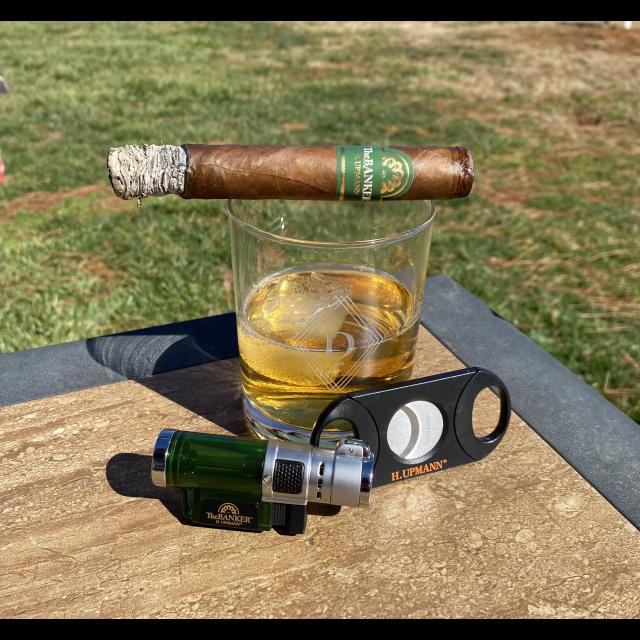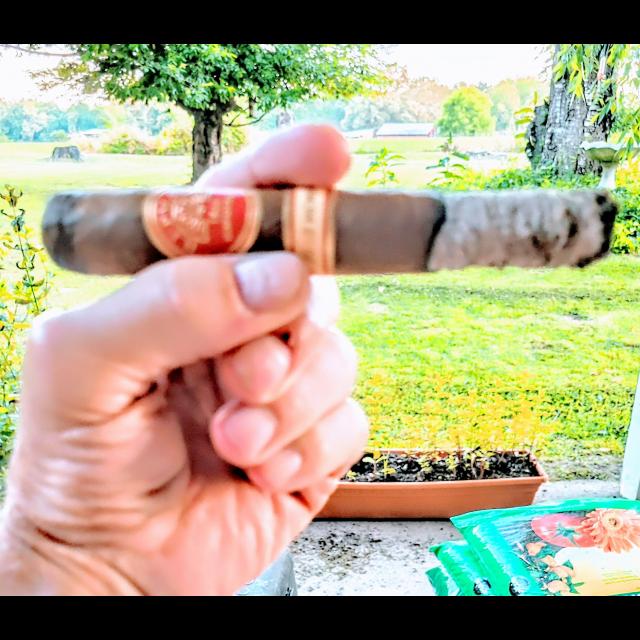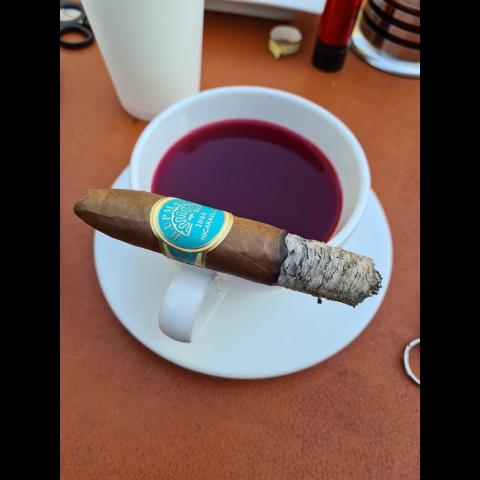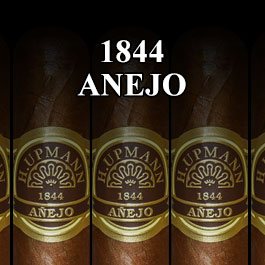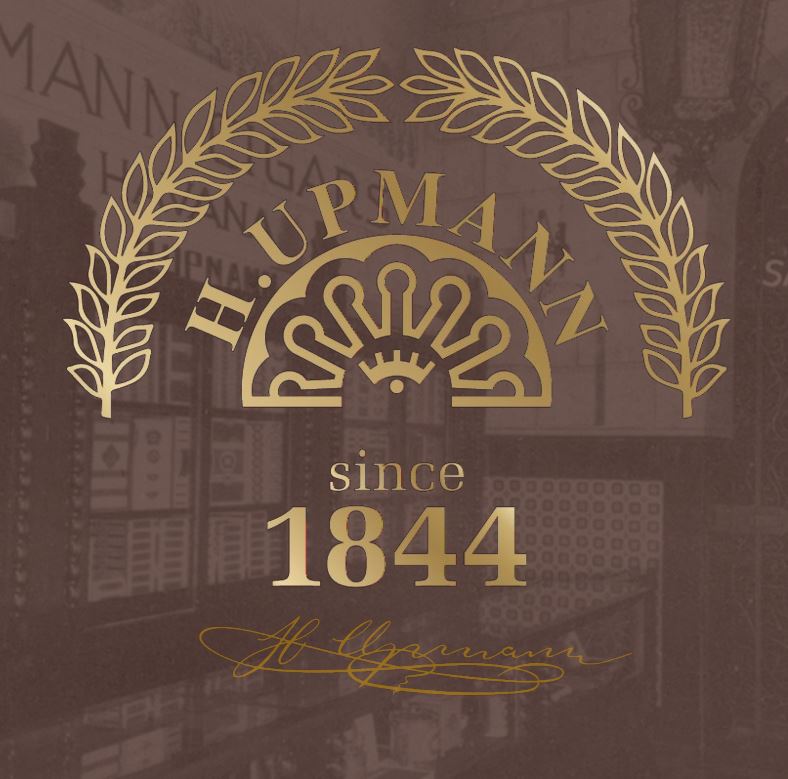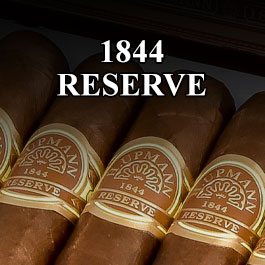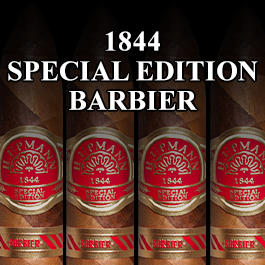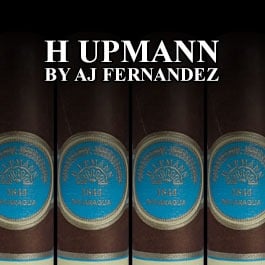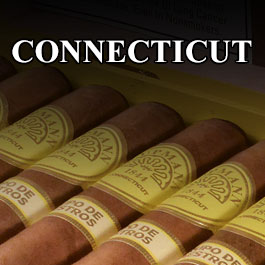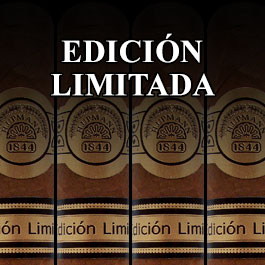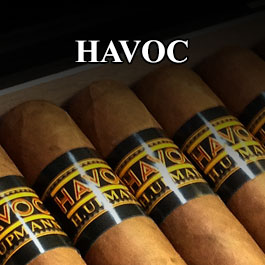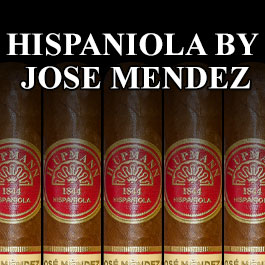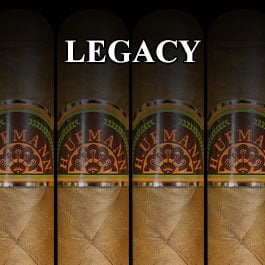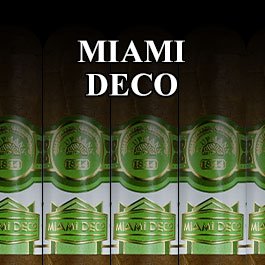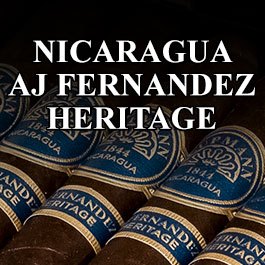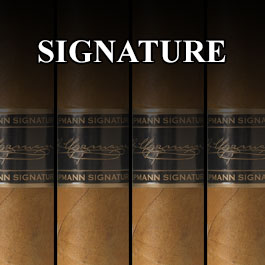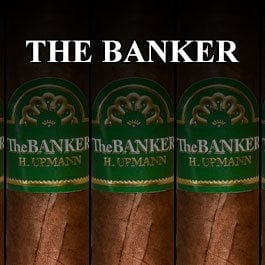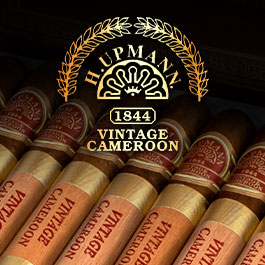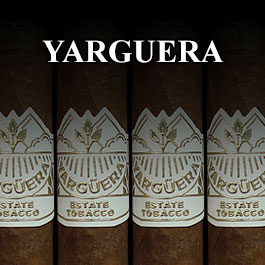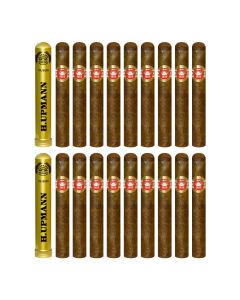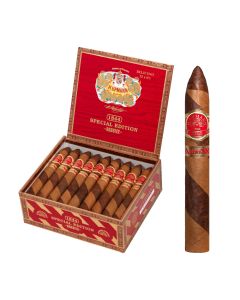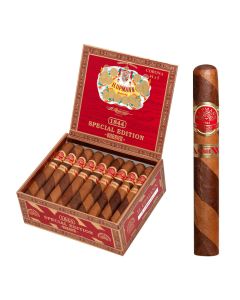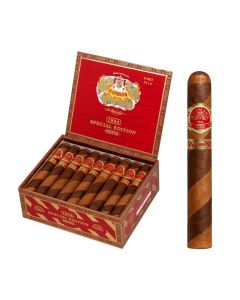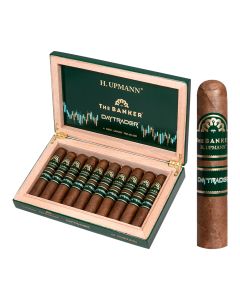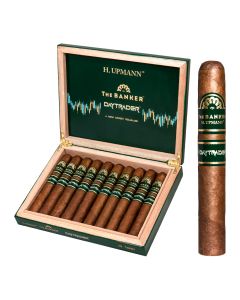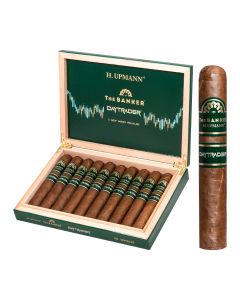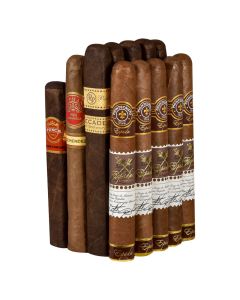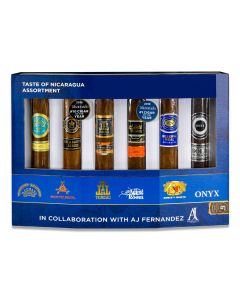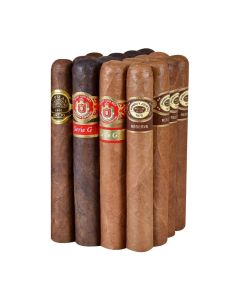H Upmann Cigars

H UPMANN
The lush green tobacco fields, and the proud hands of the Torcedores. Whose hands were perfumed with the scent of finely aged tobacco leaves. He saw the potential in the generations of ancestral cigarmaking wisdom.
Herman was so beguiled with Cuba, the very next year, in 1844, he bought a local Cuban cigar factory. He began production of his newly founded H. Upmann cigar company. He started a bank that only catered to tobacco farms and dealers. Under Herman’s exacting standards and skilled leadership, both businesses flourished, H. Upmann cigars being propelled to global renown.
Throughout the late 1800s H. Upmann was a celebrated favorite at international exhibitions, winning seven gold medals for excellence. In fact, the quality and prestige of the tobacco plants elevated the H. Upmann Factory to a near mythical post. Now known as the now the José Martí Factory, its respected in its own right.
Herman retired from the business in 1890. Eventually, in 1914, H. Upmann cigars and the banking firm found their way into the hands of his distant nephews. Hermann and Alberto Upmann.
H. Upmann cigars grew to become a beloved staple within the American premium cigar market. Every year it continued to grow in popularity globally. However, during World War I, Hermann and Alberto gained infamy.
As it turned out they used their businesses in Cuba and the U.S. to conduct a covert German intelligence network. The Upmann network is also believed to be responsible for inciting revolts and attempted military takeovers throughout the Caribbean.
By 1917 the Cuban government closed the H. Upmann bank for over two years during the war. H Upmann was banned from trade with any U.S. banks or companies. Hermann and Alberto were specifically named as banned in the U.S. Enemy Trading List.
The U.S. Alien Property Custodian seized Hermann and Alberto’s U.S. assets and transferred them to U.S. owners. By 1918 both were held under house arrest by the Cuban government.
Upon their release in 1920, Hermann and Alberto, and the H. Upmann company, were near bankruptcy. The two were arrested again in 1922 for fraud after they converted $2,000,000 in depositor assets to pursue foreign investments.
This final arrest was too much for the H. Upmann company to bear. The bank went defunct. H. Upmann cigars, however, were saved by J. Frankau & Co. of the United Kingdom. Who bought the brand and factory for 30,000 Cuban pesos at auction.
H. Upmann continued to thrive, eventually being sold in 1937 to Menendez, Garcia y Cia company. Known far and wide for founding the eminent Montecristo cigar brand.
In the 1960s, however, with the rise of Fidel Castro, companies became nationalized by the Cuban government. One such company was Menendez, Garcia y Cia, and all its holdings and assets. As a result, H. Upmann became the property of the Cuban government.
In 1962, President John F. Kennedy signed into force the infamous trade embargo against Cuba. However, JFK was known to be an avid fan of H. Upmann cigars. His smoke of choice was the H. Upmann Petit Upmann/Demi Tasse.
He enjoyed the smoke so much that he sent his aides to buy Cuban cigars from every local tobacco shop. All right before the embargo of course. They ended up buying as many boxes of the H. Upmann cigars as possible. The Presidential stash would consist of 1,200 cigars.
Around this time, the founding partners of Menendez, Garcia y Cia moved production of their brands. Which including H. Upmann. They moved to the Canary Islands in Spain. But eventually, to the U.S. area of La Romana in the Dominican Republic, where Jose founded the Tabacalera de Garcia Factory.
Today, H. Upmann cigars continue to be made out of the original factory in Cuba by the state owned Habanos S.A. But also at the Tabacalera de Garcia in the Dominican Republic. Both enterprises are within the Imperial Brands family, making H. Upmann once again into a global delight.
In particular, the U.S. offerings use exquisite blends from the finest tobacco from around the world, creating varied and compelling flavor profiles to suit every palate. One notable smoke is The Banker by H. Upmann, a rich, robust recreation of an original secret blend created together by Herman Upmann and his relative Carl Upmann.
H. Upmann cigars continue to be a decadent, dignified smoke that is just at home with a fine brandy as it is with a brilliant cup of coffee with associates. H. Upmann is a tradition within the world of premium cigars, with a history that is only matched in richness by its wide array of compelling flavors, and its cemented status of prestige.
...Read More
-
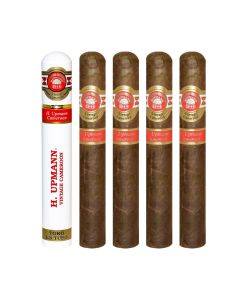 H Upmann Vintage Cameroon Toro Tube
H Upmann Vintage Cameroon Toro Tube
Natural 6 x 54From $9.83 To $32.95
-
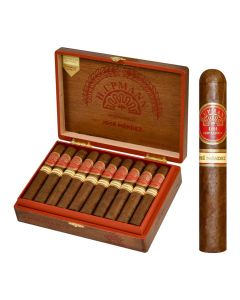 H Upmann Hispaniola Robusto
H Upmann Hispaniola Robusto
Natural 5 x 50From $10.75 To $167.95
-
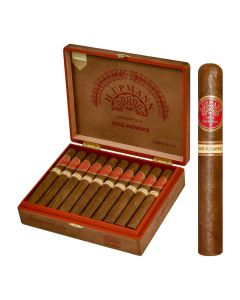 H Upmann Hispaniola Toro
H Upmann Hispaniola Toro
Natural 6 1/8 x 52From $11.30 To $176.95
-
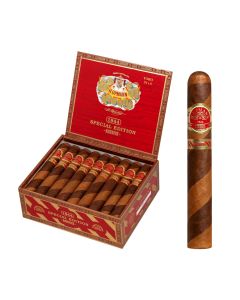 H Upmann 1844 Special Edition Barbier Toro
H Upmann 1844 Special Edition Barbier Toro
Natural 6 x 54From $47.95 To $227.50
-
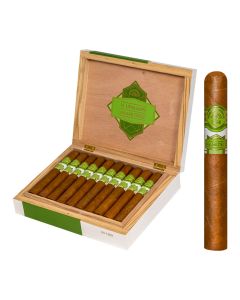 H Upmann Miami Deco Churchill
H Upmann Miami Deco Churchill
Natural 7 x 50From $11.20 To $175.50
